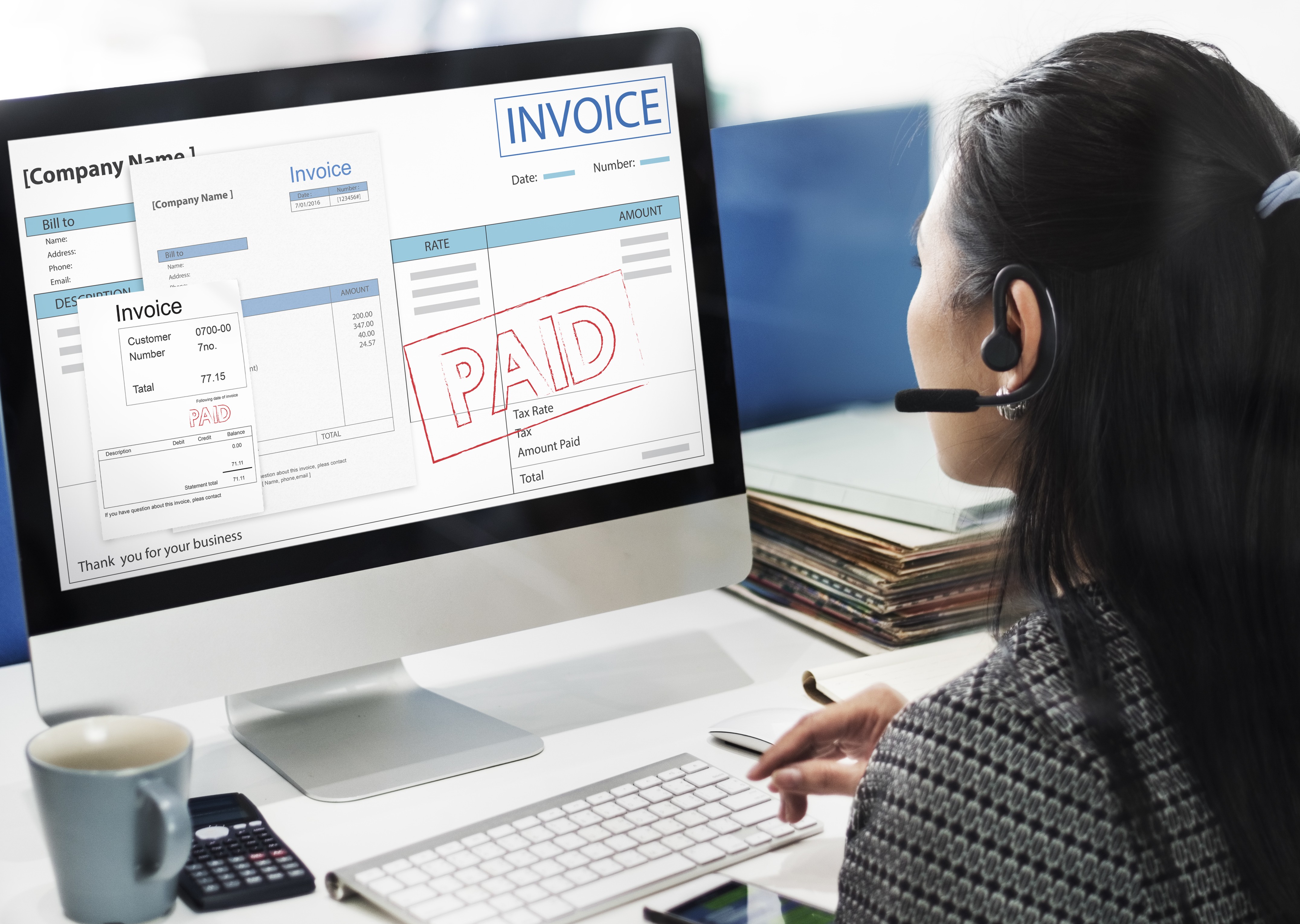
Enquiry Form
Why Payment Management Software Is a Game-Changer for Modern Finance Teams
In the modern world of high-speed digital economy, finance teams are under a lot of pressure in order to make work flow seamlessly, minimize errors, and maximize efficiency. Old methods of payment—usually paper-based and manual—cannot be sufficient to cater to modern businesses. That is where the payment management software comes in. It’s not just a tool; it is a game-changer that changes the game on how finance teams work.
What is payment management software?
Payment management software is a computerized version of the whole life cycle of financial transactions, from invoice approval to final settlement. Such tools usually work with accounting systems and provide such functionality as automated payment processing, vendor management, fraud detection, and real-time payment tracking.
Payment management systems reduce human error, increase transparency, and keep companies up to date with cash flow by removing manual entry and automating approval.
Why Traditional Payment Methods Are Holding You Back
Relying on spreadsheets, paper checks, and manual data entry is not just outdated—it’s risky. Traditional systems lead to:
· Delayed payments
· Lost invoices
· Duplicate transactions
· Lack of visibility into cash flow
· High processing costs
In contrast, businesses using digital payment solutions can cut payment processing time by up to 70% and reduce payment errors dramatically.
Key Benefits of Payment Management Software
Let’s explore why adopting payment management software is a strategic move for forward-thinking finance teams.
1. Accounts Payable Automation Saves Time
The most effective feature is the accounts payable automation. Automating invoice capture, validation, approval workflows, and payments, the teams can use their time for strategic purposes instead of working with data entry.
· Automated reminders prevent late fees.
· Bulk payments are processed in seconds.
· Approval hierarchies are built-in and easy to customize.
The result? Streamlined operations and happier vendors.
2. Enhanced Accuracy and Reduced Errors
Manual processes are error-prone. One misplaced decimal or wrong account number can generate big mistakes. With a strong invoice management system, data can be extracted automatically from digital invoices and matched with purchase orders, thereby enhancing accuracy.
Most of the tools also have fraud detection algorithms that identify suspicious transactions that may end up as costly issues.
3. Real-Time Payment Tracking and Visibility
Payment status visibility is one of the biggest frustrations in finance. Payment management software provides real-time payment tracking so teams have an exact time as to when a transaction occurs, is approved, and is finally settled.
This transparency will help enhance the vendors’ relations and make it possible for better forecasting and budgeting.
4. Scalability and Flexibility
You can either be a small startup or an enterprise; a good digital payment solution scales with you. As your transaction volume increases, automation ensures your team isn’t buried under paperwork. Most platforms also support multiple payment methods—ACH, wire, credit card, even cross-border payments—making them ideal for global operations.
5. Improved Compliance and Audit Readiness
Accounting teams are required to adhere to the ever-increasing list of regulations and audit needs. Payment software helps by maintaining a clear digital trail of every transaction, approval, and change.
You get:
· Automated record-keeping
· Built-in compliance checks
· Easy access to historical data during audits
This ensures peace of mind and easier compliance with local and international financial standards.
How to Choose the Right Payment Management Software
Selecting the best software might be difficult with so many possibilities. Here are some essential characteristics to search for:
· Seamless integration with existing ERP/accounting systems
· Customizable workflows to match your approval hierarchy
· Cloud-based access for remote finance teams
· Mobile capabilities for on-the-go approvals
· Scalable pricing that suits your budget
Some leading platforms include Tipalti, Airbase, Bill.com, and Melio—each offering unique strengths for different business sizes and needs.
Real-World Impact: What Companies Are Experiencing
Companies that implement payment management software report:
· Up to 80% reduction in manual payment processing time
· 30-50% lower processing costs
· Faster month-end close
· Stronger internal controls
· Better vendor relationships
For instance, a mid-size tech firm using accounts payable software shortened their payment cycle from 10 days to 2 with automation. This improved vendor satisfaction and allowed them to take advantage of early payment benefits.
Conclusion:
Contemporary finance teams will no longer be able to function in the past. As the volumes of transactions and compliance requirements continue to rise, as well as a change to remote work, there is an ever-growing need for effective and automated systems.
Payment management software is not only an automation tool—it should be treated as a strategic investment, which provides more intelligent decisions, risk minimization, and new levels of efficiency.
If you are still processing payments manually, this is the right time to switch to automated payment processing and provide your finance team with skills to succeed in the digital reality.